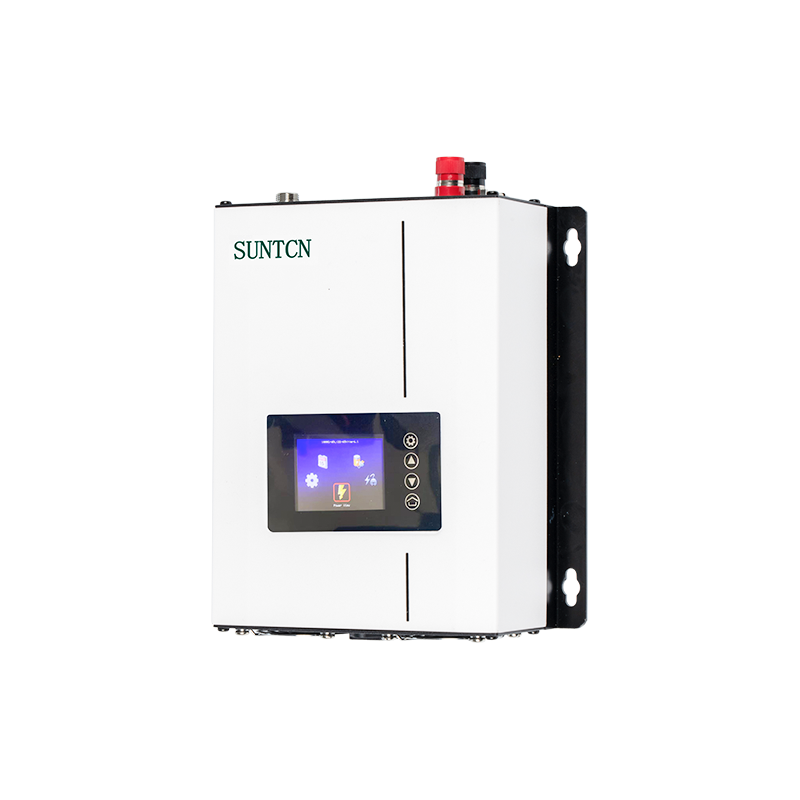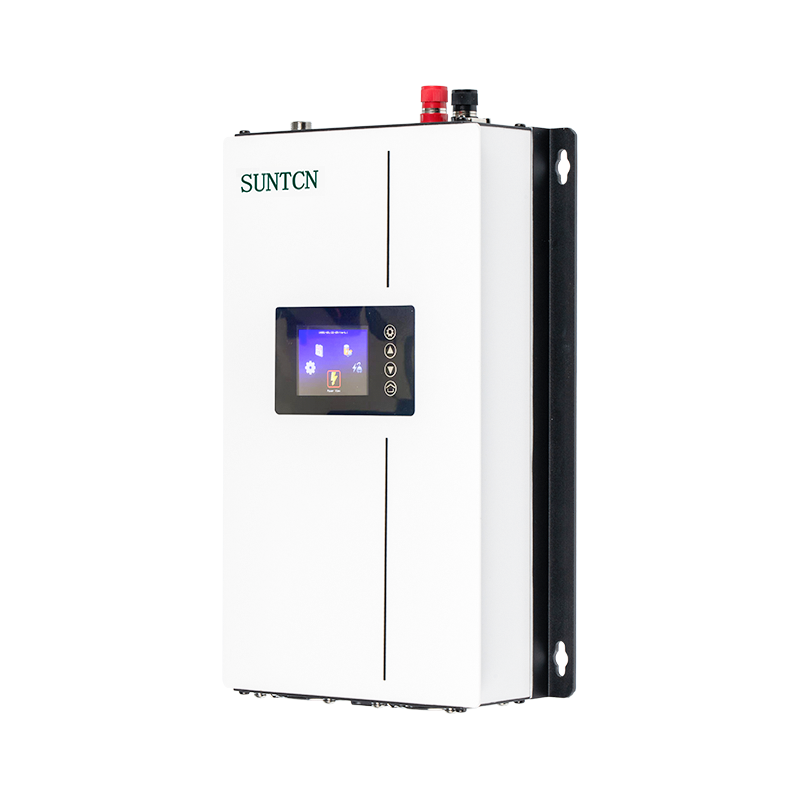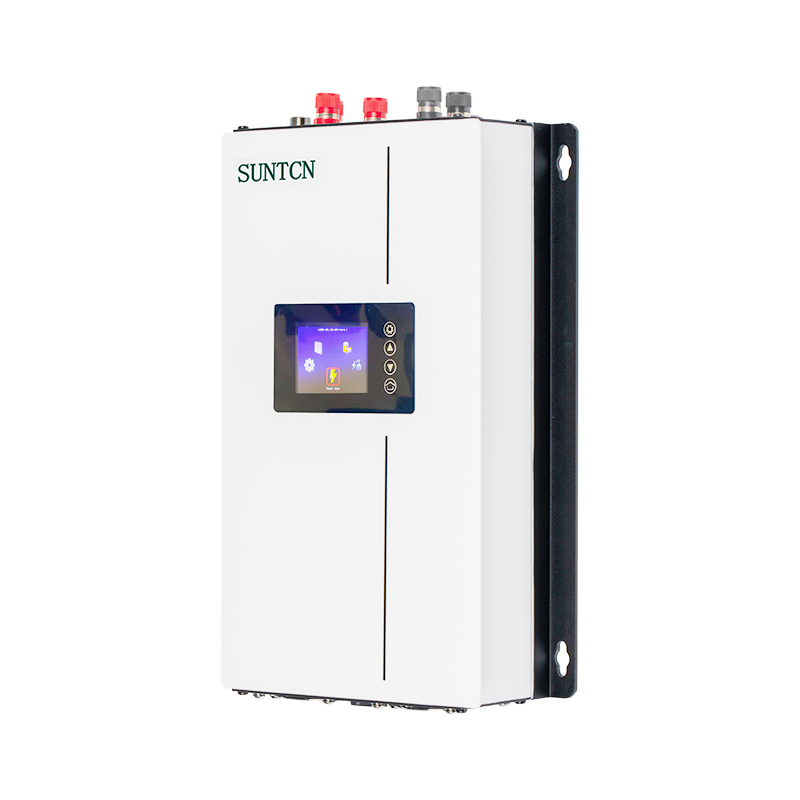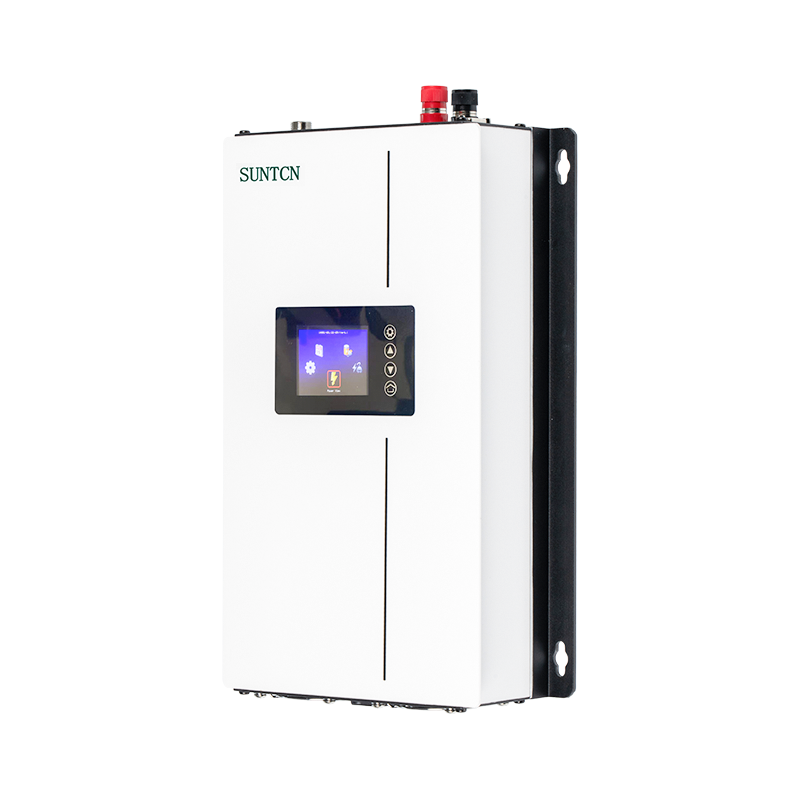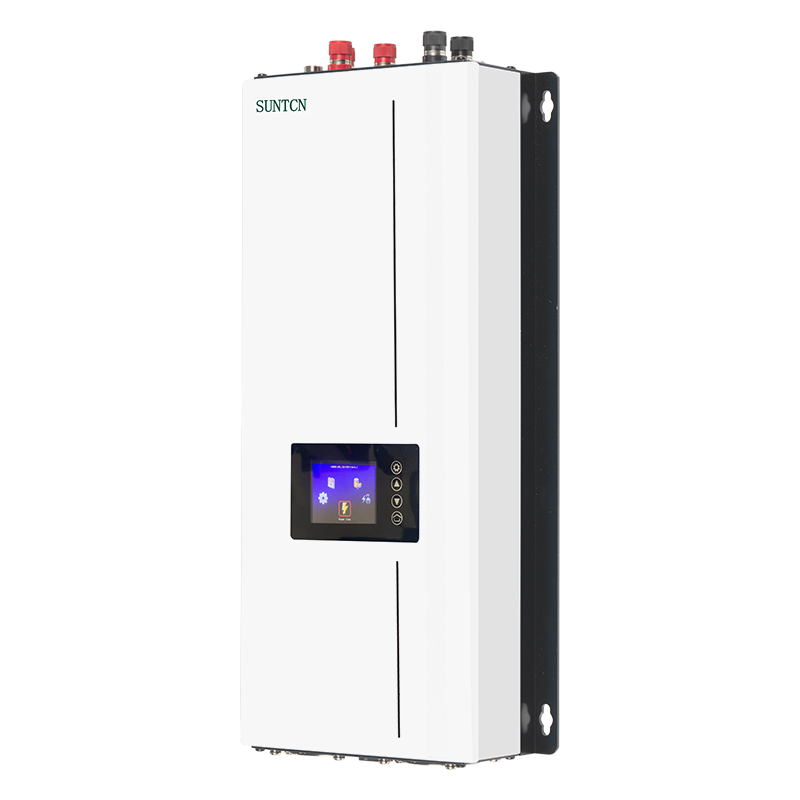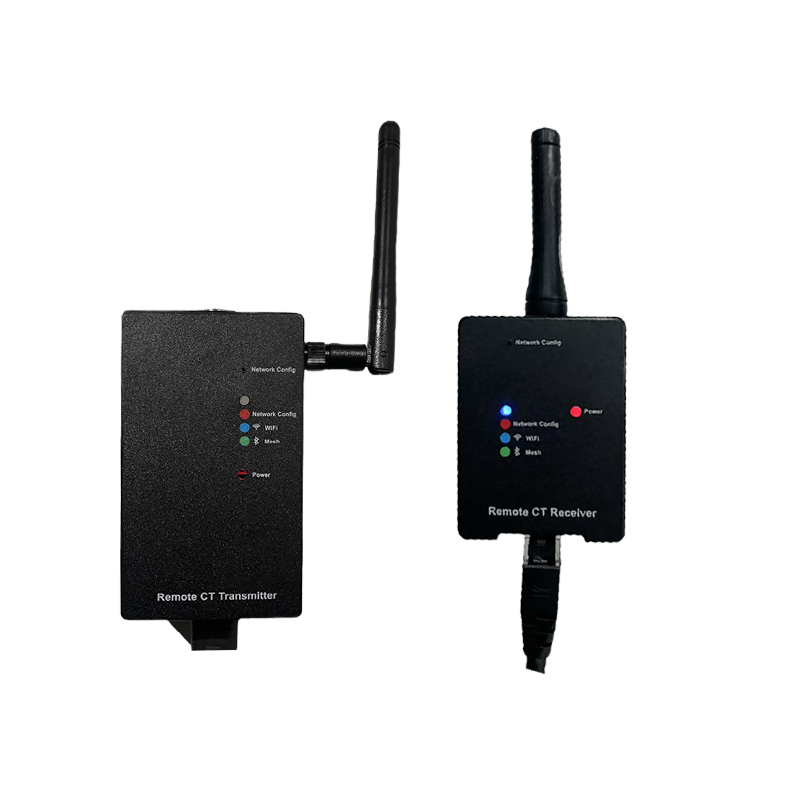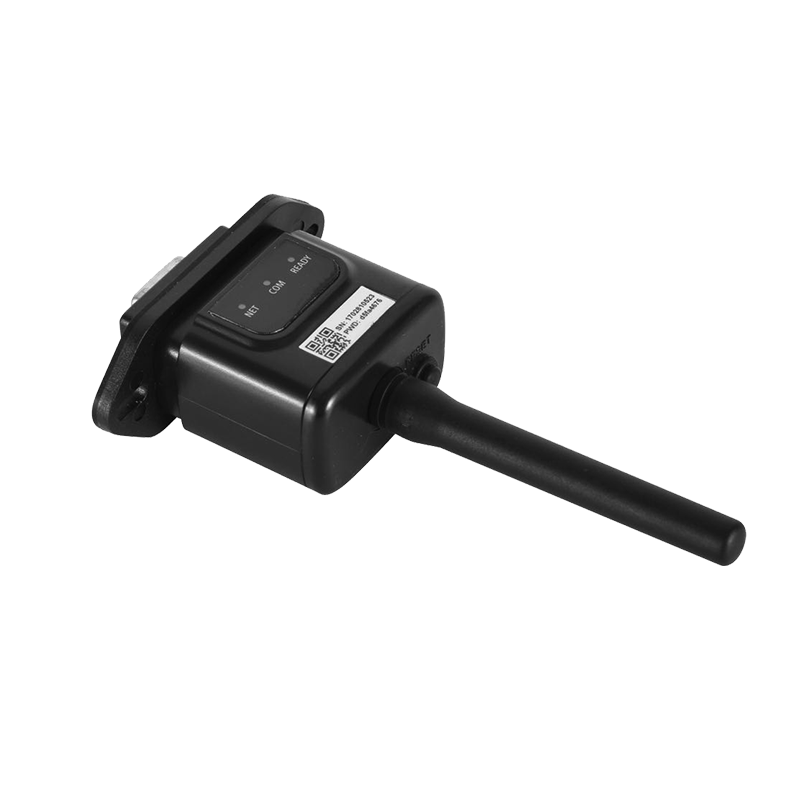Choosing the right high-power hybrid inverter is a decisive step for any large-scale solar, commercial, or industrial energy-storage project. This article walks through the practical factors you must evaluate: electrical sizing, battery and PV compatibility, topology, control features, thermal and mechanical design, certifications, installation and commissioning needs, and long-term costs. The guidance below is intentionally specific and action-oriented so engineers, procurement teams, and system integrators can make evidence-based decisions.
Define Your Electrical Requirements First
Start by translating expected loads and operational modes into concrete electrical numbers. Determine continuous and peak (surge) power needs, typical daily energy consumption, critical loads for backup, and whether you need capability for load shifting or demand charge reduction. For commercial and industrial sites, obtain a load profile that includes transient events such as motor starts. High-power hybrid inverters are sized based on both continuous kW rating and short-term kVA capability; ensure the selected inverter can handle both.
Key sizing metrics to calculate
Calculate required continuous power (kW), instantaneous surge (kVA), daily kWh throughput, and expected PV array output. Factor in future expansion: oversizing the inverter relative to current PV arrays can allow later PV additions without full inverter replacement. Also consider whether you require single-phase or three-phase output and if the inverter must support multiple AC output ports for segregated critical loads.
Battery Compatibility and Energy Management
Battery chemistry, nominal voltage, and battery management interfaces are among the important compatibility points. Confirm support for Li-ion (NMC/LFP), lead-acid, flow batteries, or other chemistries your project uses. Check charge/discharge currents, depth-of-discharge (DoD) settings, and how the inverter communicates with the battery management system (BMS) — CANbus, Modbus, or proprietary protocols. A hybrid inverter that integrates tightly with the BMS will enable safer, more efficient fast-charging and lifetime-aware cycling.
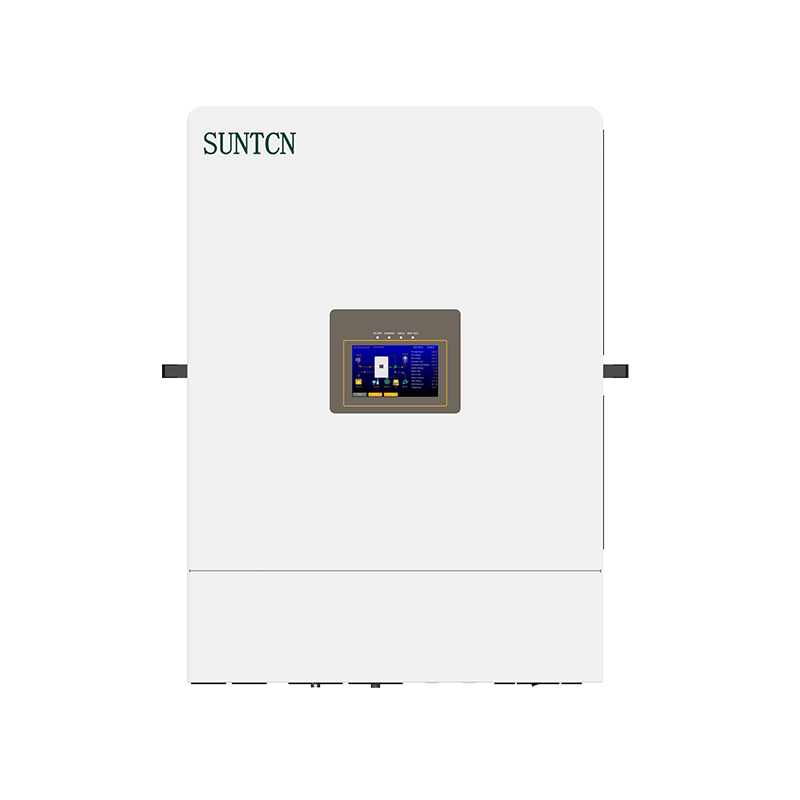
Battery sizing and lifecycle considerations
Match battery capacity (kWh) to inverter continuous power and peak demands. For high-power applications, ensure the battery can sustain rated inverter output at required DoD without thermal or voltage issues. Consider round-trip efficiency and calendar/cycling degradation—select an inverter with configurable SoC (state-of-charge) windows and battery-preserving charge profiles.
PV Input, MPPTs and Array Design
Examine the number and capability of Maximum Power Point Tracking (MPPT) inputs. High-power hybrid inverters typically include multiple MPPT channels to accommodate large or heterogeneous arrays, roof orientations, and partial-shading scenarios. Check each MPPT’s voltage and current range and whether the inverter supports parallel or series PV configurations. An appropriately matched MPPT range prevents mismatch losses and maximizes energy harvest.
PV oversizing and clipping strategies
Operators commonly oversize PV arrays relative to inverter AC rating (known as DC/AC ratio) to capture more energy during low-irradiance periods. Verify the inverter’s policy on clipping and thermal behavior under sustained overproduction. Some inverters accept higher DC inputs with intelligent clipping controls; others require strict DC/AC ratios to protect electronics.
Topology and Functional Modes
Understand whether the inverter supports the operational modes you need: grid-following, grid-forming, black-start, islanding, and seamless transfer to backed-up loads. For microgrids and unstable grids, grid-forming capability is critical because it provides voltage and frequency reference during islanded operation. In contrast, grid-following inverters rely on the grid for stable reference and are unsuitable for standalone black-start applications.
Transfer time and critical load support
If you plan to protect sensitive equipment, verify the inverter’s transfer or switchover time to battery power. “Zero interruption” designs or those with integrated UPS-like topologies preserve sensitive processes. Also, review whether the inverter offers prioritized circuits and programmable relays to sequence non-critical loads during outages.
Efficiency, Thermal Management and Reliability
Efficiency curves matter more than nominal peak efficiency. High-power inverters should maintain high conversion efficiency across a wide load range. Review weighted efficiency or multiple-point efficiency charts, not just the single number. Thermal management—heat sinks, forced-air fans, and ambient temperature derating—directly affects reliability. Confirm operating temperature range and whether the inverter derates power in high temperatures.
MTBF, protection features, and redundancy
Assess mean time between failures (MTBF), warranty terms, and available redundancy options (parallelable inverters, hot-swap modules). Look for protections: over/under voltage, overcurrent, anti-islanding, ground-fault protection, DC reverse polarity, and surge protection. In high-availability installations, inverter-level redundancy or N+1 architectures prevent single-point failures from causing major outages.
Communications, Monitoring and Control
Modern hybrid inverters should provide comprehensive communications: Modbus TCP/RTU, SunSpec, RESTful APIs, and cloud portals for fleet management. Real-time telemetry, fault logs, and remote firmware updates reduce truck rolls and improve uptime. If you need dynamic control for demand response, confirm compatibility with third-party EMS (Energy Management Systems) and support for open standards like OpenADR.
Safety, Standards, and Certifications
Safety certifications vary by market—CE, UL 1741 / IEEE1547 for grid interconnection, IEC 62109 for inverter safety, and local electrical code approvals. For projects in heavily regulated markets, ensure compliance with anti-islanding tests, islanding ride-through requirements, and utility interconnection standards. Certification presence reduces permitting friction and demonstrates manufacturer commitment to quality.
Mechanical Design and Environmental Ratings
Physical form factor matters for installation: rack-mounted versus floor-standing, indoor vs outdoor enclosures, ingress protection (IP) rating, genset compatibility, and seismic considerations. Outdoor installs require IP65+ enclosures and appropriate corrosion protections. Check whether the inverter has built-in HVAC or if the site requires separate climate control.
Costs, Warranties, and Total Cost of Ownership
Initial purchase price is only part of the equation. Consider expected lifetime, warranty length (including throughput or cycles coverage), spare parts availability, and service contracts. Assess total cost of ownership (TCO) using scenarios that include maintenance, efficiency losses, downtime penalties, and replacement costs. Longer warranties and local service networks often justify higher upfront cost.
Installation, Commissioning and After-Sales Support
Evaluate vendor support for commissioning, site acceptance testing (SAT), and training. A good vendor supplies detailed commissioning guides, toolkits for protection coordination, and assistance with utility interconnection paperwork. Ask for references of similar installed projects and request performance baselines verified in-situ.
| Factor | What to Check | Why It Matters |
| Power Rating | Continuous kW and surge kVA | Meets load and startup demands |
| Battery Interface | Supported chemistries and BMS protocols | Ensures safe, efficient cycling |
| MPPT & PV | Number of MPPTs and voltage range | Maximizes solar harvest |
Practical Checklist Before Purchase
- Document expected continuous and surge loads and compare to inverter ratings.
- Confirm battery chemistry support, BMS interfacing, and safe charge/discharge limits.
- Verify MPPT ranges and the number of independent MPPTs required by your array layout.
- Check certifications (UL/IEEE/IEC) for your target market and utility interconnection requirements.
- Evaluate efficiency curves, thermal derating, and MTBF or reliability data.
- Confirm communication protocols, remote management, and integration with EMS/SCADA.
- Assess warranty scope, spare-part logistics, and local technical support options.
Conclusion
Selecting a high-power hybrid inverter requires focused technical due diligence across electrical sizing, battery and PV compatibility, topology, thermal and mechanical design, communications, and compliance. Prioritize inverters that offer transparent performance data, robust safety features, and proven service support. Use the checklist and table above during RFPs and procurement reviews to turn abstract requirements into measurable acceptance criteria—this reduces risk and helps secure predictable system performance and a strong return on investment.

 English
English Español
Español Deutsch
Deutsch